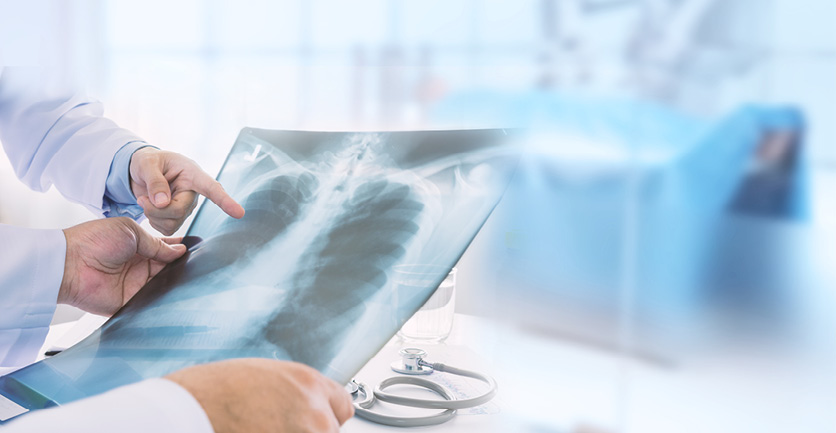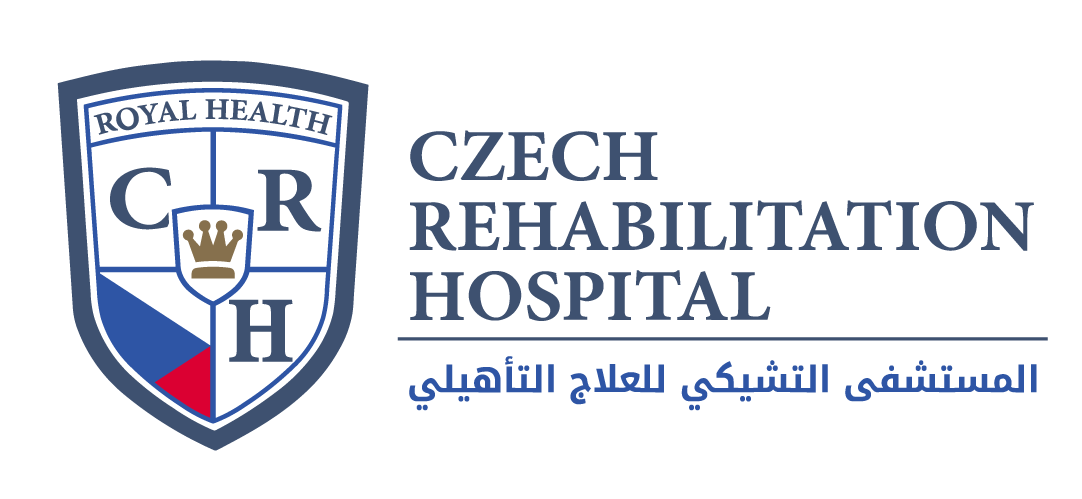
Pulmonary rehabilitation program in the hospital is a medically supervised program for people who have chronic lung diseases. It may also be used before or after lung surgery. Pulmonary Rehabilitation can often help you get better at your daily tasks. It may ease your symptoms and give you a sense of well-being.
Our Patients
You may be benefited from Pulmonary rehabilitation program in the hospital if you have certain respiratory conditions or if you have had certain surgical procedures.
Some of the lung conditions of participants include:
- Asthma
- Bronchiectasis
- Chronic obstructive pulmonary disease (COPD), including emphysema and chronic bronchitis
- Chronic bronchitis
- Cystic fibrosis
- Emphysema
- Interstitial lung disease, such as sarcoidosis and fibrosis
- Lung transplant
- Neuromuscular disease
- Occupational or environmental lung disease
- Post-thoracic surgery
- Pulmonary fibrosis
- Respiratory failure
The goals of pulmonary rehabilitation are to help people:
- Have less symptoms and fewer complications
- Need less emergency department visits and hospital stays
- Improve their daily function
- Be as independent as possible
- Have a better quality of life
Our team
Pulmonary rehabilitation programs may be held at hospitals or other facilities. They may be for inpatients or outpatients. Many skilled healthcare professionals may be part of the pulmonary rehabilitation team, including the following specialists:
- Pulmonologist, a lung disease specialist
- Thoracic (chest) surgeon
- Physiatrist, a rehabilitation specialist
- Internists
- Physical therapists
- Occupational therapists
- Nurses
- Dietitians or Nutritionists
- Other therapists and counsellors
Our program
Pulmonary rehabilitation programs are individualized for each person. Patients and their families are actively involved.
Pulmonary rehabilitation programs may include the following:
- Breathing exercises to improve lung function and ability to take part in daily activities.
- Oxygen therapy
- Stretching exercises to improve flexibility
- Weight training to improve muscle strength, and increase exercise endurance and conditioning
- Exercise machines, such as stationary bicycles, treadmills, and other equipment
- Patient and family education and counseling including disease information and self-management skills
- Help to stop smoking
- Stress management and emotional support
- Nutritional counseling
- Assistance with home respiratory equipment, like oxygen and nebulizers
- Job or work counseling
Expected Outcome
Pulmonary Rehabilitation is a long-term maintenance program, and you’ll generally need to continue the habits and follow the skills you learned in the program for the rest of your life. To get the most benefits from Pulmonary Rehabilitation, make sure your exercise and lifestyle practices become lifelong habits. Over the long term, you may:
- Gain strength
- Learn Respiratory-healthy behaviours, such as regular exercise and a healthy diet
- Cut bad habits, such as smoking
- Manage your weight
- Find ways to manage stress
- Learn how to cope with respiratory disease and symptoms
- Learn relaxed positions
One of the most valuable benefits of Pulmonary Rehabilitation is often an improvement in your overall quality of life. If you stick with your rehab program, you may come out of the program feeling even better than before you had a condition or had surgery.


